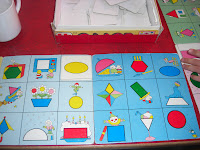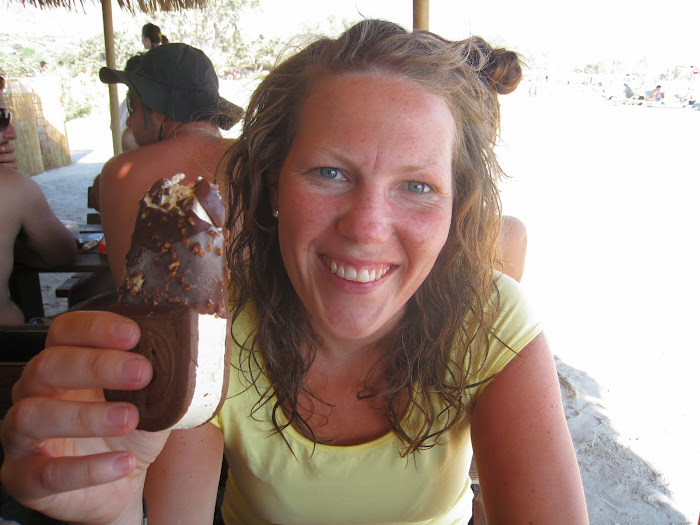



Now we have seen a Danish kindergarten for two weeks. Though it`s similar to the Norwegian kindergarten there are also some differences.
For example in the Danish kindergarten the children are more free. They have rooms in the kindergarten were the kids can play alone without the adults, kind of adult free areas. They can also be alone outside in the area of the kindergarten. If the kids want to go out they are allowed to, four kids can be out in the playingarea alone with no adults watching them. They say it is like this because they want the kinds to learn responsibility, learn them to play and work together in a group and learn them to be able to solve problems and conflicts by them selves.
This kindergarten is an old house who they have redecorated to be a kindergarten. So there are many rooms in the house. The house has three floors. 1. floor is were they have their main rooms, like drawing room, “pillow room”, music room, room with a lot of cars, lego and so on. And it is in this rooms they eat. It`s in the first floor were the adults mainly are. In the second floor lays the office and two playing rooms. But the kids can also play in the office. When someone is in the phone the kids have to be quite or else they are not allowed to be there, and they actually follow this rule. If there is a private conversation they are of course not allowed to be there. And then there is a sign outside the door who tells the children not to interrupt. This is also a part in the process of learning responsibilities and to respect the rules. Also in the basement there is a room whit a lot of pillows where they can play as much as they want.
They also say that it is a fulltime job for the kids to be in a kindergarten plying all day from 0630 until 16 30(more and more kids stay longer in kindergarten). Therefore they say they think it`s good for the kids to have the opportunity to go to a room where there are less people and where they can relax. But of course there have to be a balance between all this, and the people working in the kindergarten have to have their eyes open and see every kid and what they do, so they can prevent for example only one of the kids always hiding away from the rest of the group.
In Denmark they are all about teaching the kids to think for them selves so they can grow up being a good citizen in a democratic country.
I will short explain how this kindergarten has divided the kids and staff.
The kindergarten has four groups which is divided in colours, red, yellow, green and blue. This is the groups they stay in when they it. They have different rooms only when they eat. Each group have one pedagogue and one collaborator. These two have the responsibility manly for only these kids. When they don’t eat all the kids can play everywhere in the whole hose of the kindergarten.
In this kindergarten there works nine people. The leader, one co.leader who also works as a pedagogue on one of the groups, four more pedagogues and three collaborated. There are approximately thirteen kids on every group, and two adults.










